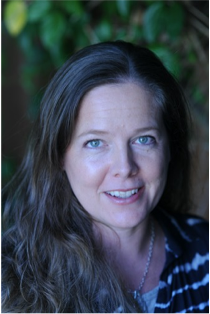Friends, Foes, and Phages: How a (Phyllosphere) Microbiome Assembles

Britt Koskella
University College Berkeley US
Link to seminar: https://umontpellier-fr.zoom.us/webinar/register/WN_R0nxqjLXRFSyFO2RWxwD7ghttps://umontpellier-fr.zoom.us/webinar/register/WN_R0nxqjLXRFSyFO2RWxwD7g
Summary
The plant phyllosphere is increasingly recognized as a central component of plant health, including as a result of its role in shaping disease susceptibility. It is also an excellent model system for exploring questions of community assembly, adaptation, and stability of host-associated microbiomes. In this talk I will explore the factors that shape the plant phyllosphere, including dispersal from neighboring plants, within-microbiome interactions, phage-mediated selection, and bacterial adaptation to hosts, and explore how these effects might be leveraged for a better understanding of the microbiome and for sustainable agriculture.
Recent publications:
1 Meyer, K. M., Porch, R., Muscettola, I. E., Vasconcelos, A. L. S., Sherman, J. K., Metcalf, C. J. E., Lindow, S.E. & Koskella, B.
(2022). Plant neighborhood shapes diversity and reduces interspecific variation of the phyllosphere microbiome. The ISME journal, 1-12.
2 Dewald-Wang, E. A., Parr, N., Tiley, K., Lee, A., & Koskella, B. (2022). Multiyear time-shift study of bacteria and phage
dynamics in the phyllosphere. The American Naturalist, 199(1), 126-140.
3 Morella, N. M., Weng, F. C. H., Joubert, P. M., Metcalf, C. J. E., Lindow, S., & Koskella, B. (2020). Successive passaging of a
plant-associated microbiome reveals robust habitat and host genotype-dependent selection. PNAS, 117(2), 1148-1159.
Contact: sylvain.gandon@cefe.cnrs.fr
Contact du Comité SEEM: seem@services.cnrs.fr. Contact du Labex CEMEB: cemeb-gestion@umontpellier.fr


